Fluxgate Airborne Magnetometer
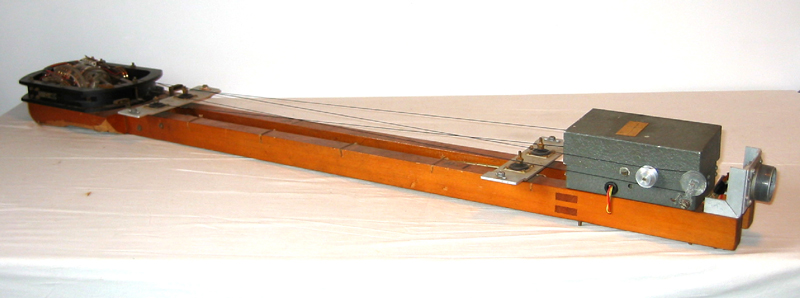
- Serial Number: D-163927
Background & Usage
On display is the sensor of a fluxgate magnetometer that dates from World War II when it was flown in an Anson aircraft for submarine detection. Although there are three fluxgate sensors, the lack of attitude control meant that the instrument could only be used for measuring the total intensity of the magnetic field.
After World War II, the magnetometer was acquired by the Department of Mines and Technical Surveys to be used for aeromagnetic surveys. The first such surveys took place in 1949, with the magnetometer mounted in a Canso aircraft. The surveys were flown at extremely low altitudes, 150 m, much to the annoyance of farmers who complained that the noise upset their poultry and livestock. The aircraft was occasionally shot at. Nevertheless, the surveys met with noteworthy success, such as the discovery of the iron ore deposit at Marmora.
The output of the magnetometer was recorded on an Esterline-Angus strip-chart recorder. This had to be matched with the photographic film that recorded the aircraft’s position.
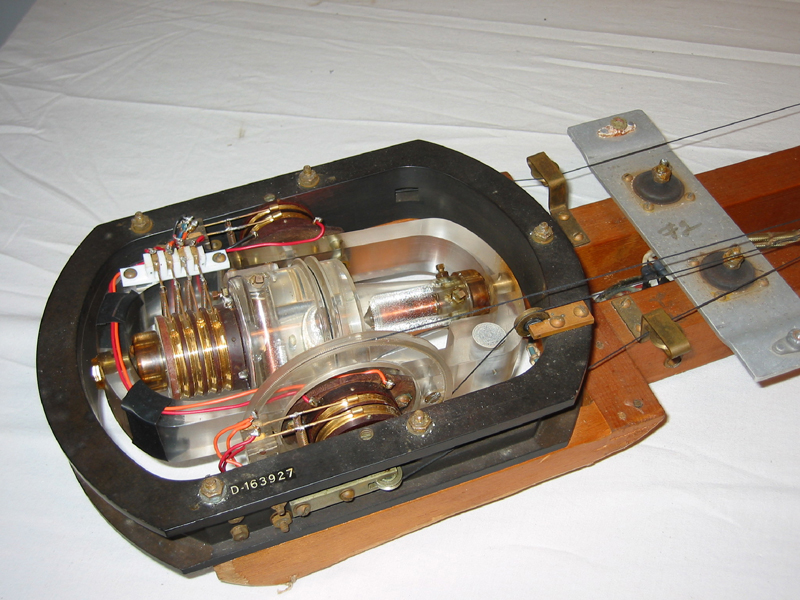
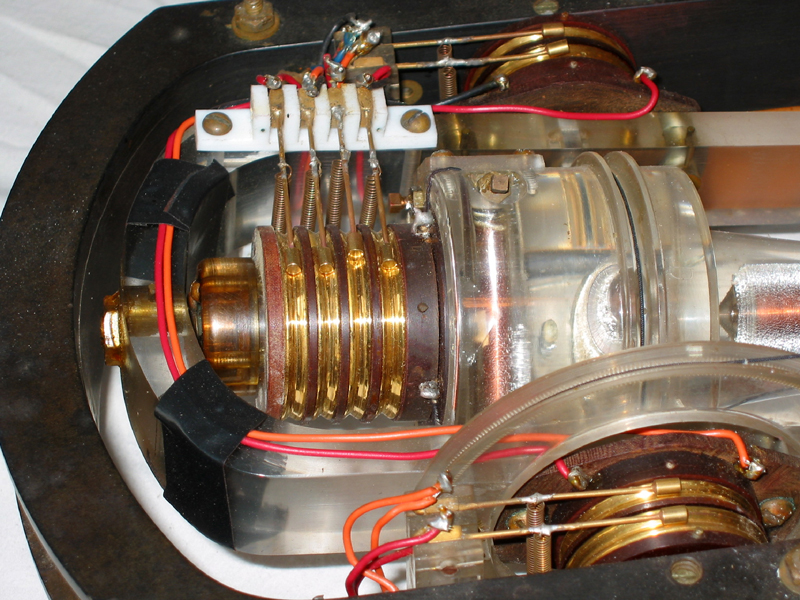
Notice that the sensor contains gold-covered slip rings. These had to be re-plated from time to time by Birks Jewellers.
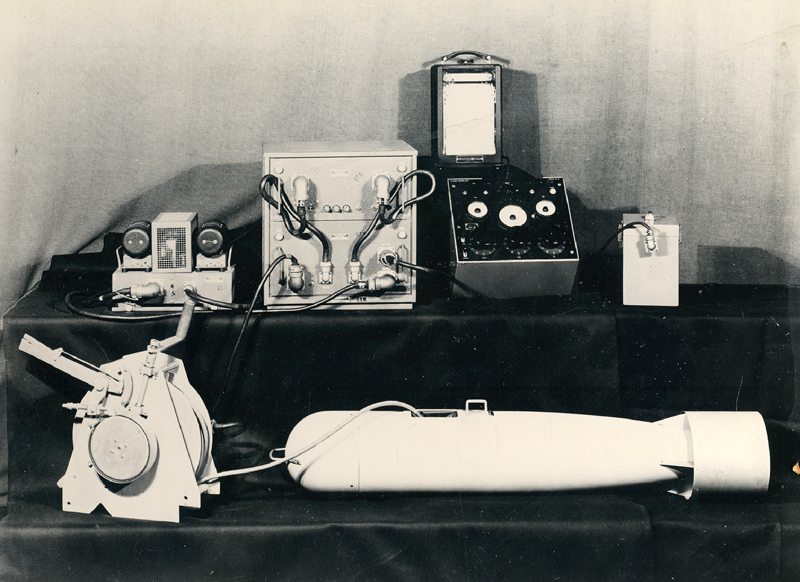

These photographs show the electronics and accessories that were employed in the surveys conducted with the magnetometer.
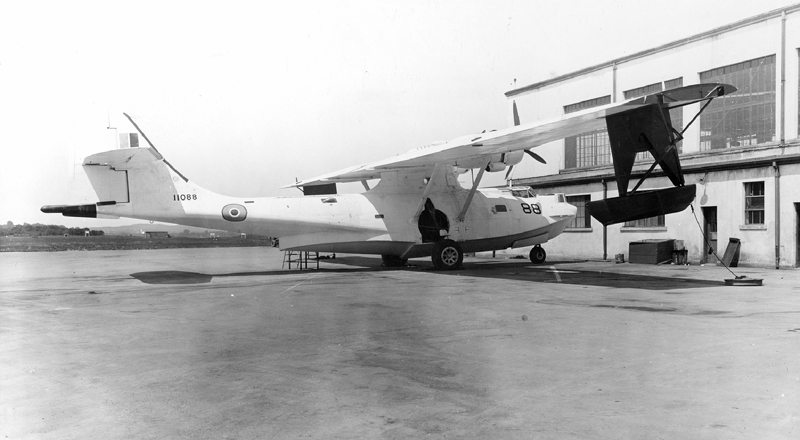
The Canso airplane used for conducting the airborne surveys with the magnetometer fixed in the protrusion at the end of the plane's tail.